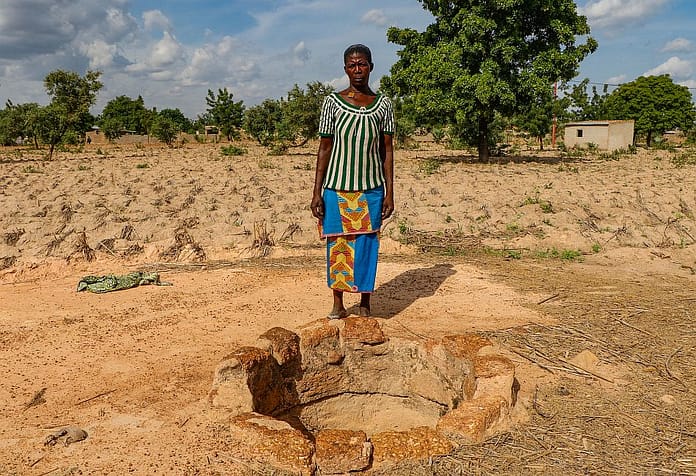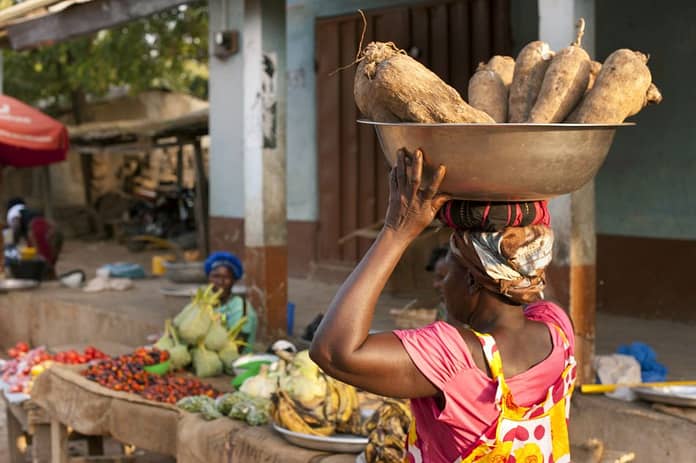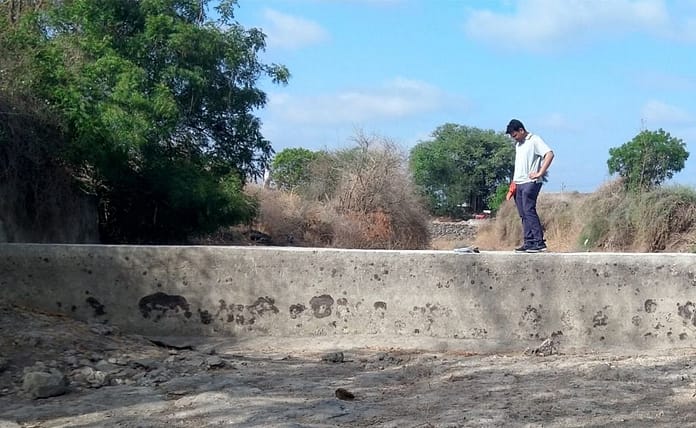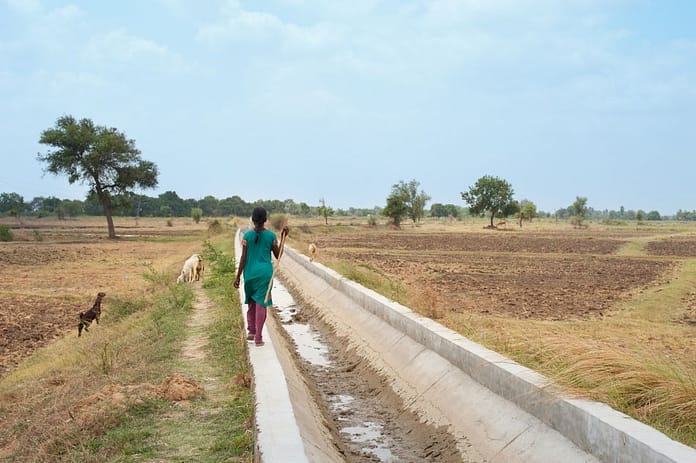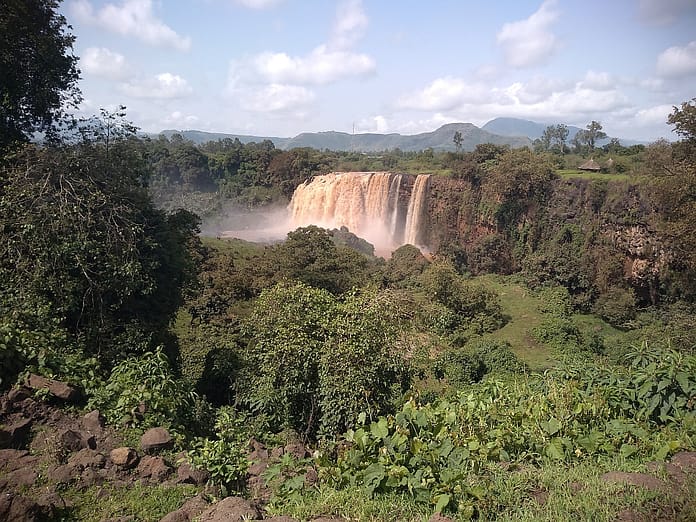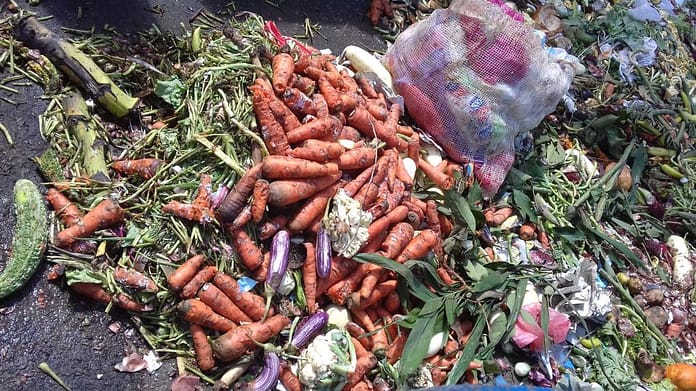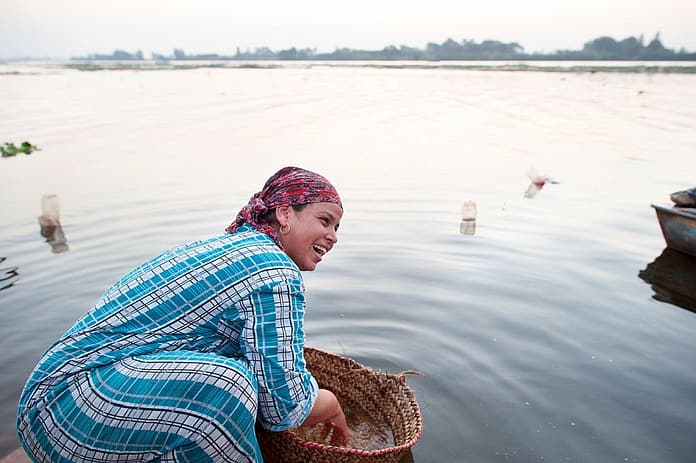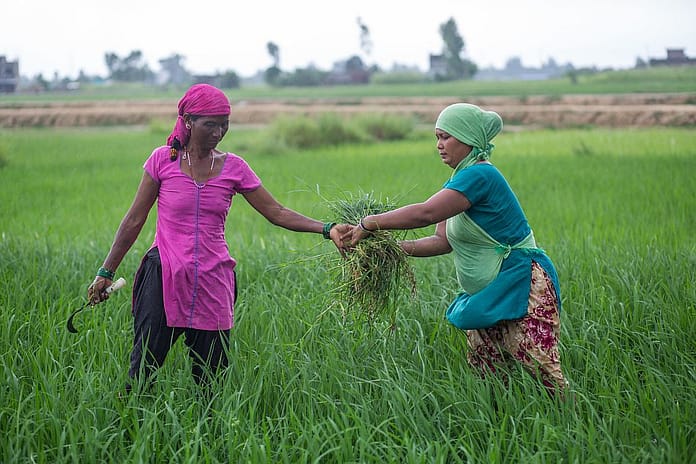By Sanjiv de Silva, Chaturangi Wickramaratne, Deepa Joshi, Matthew McCartney, Priyanie Amerasinghe, Chris Dickens, and Radheeka Jirasinha.
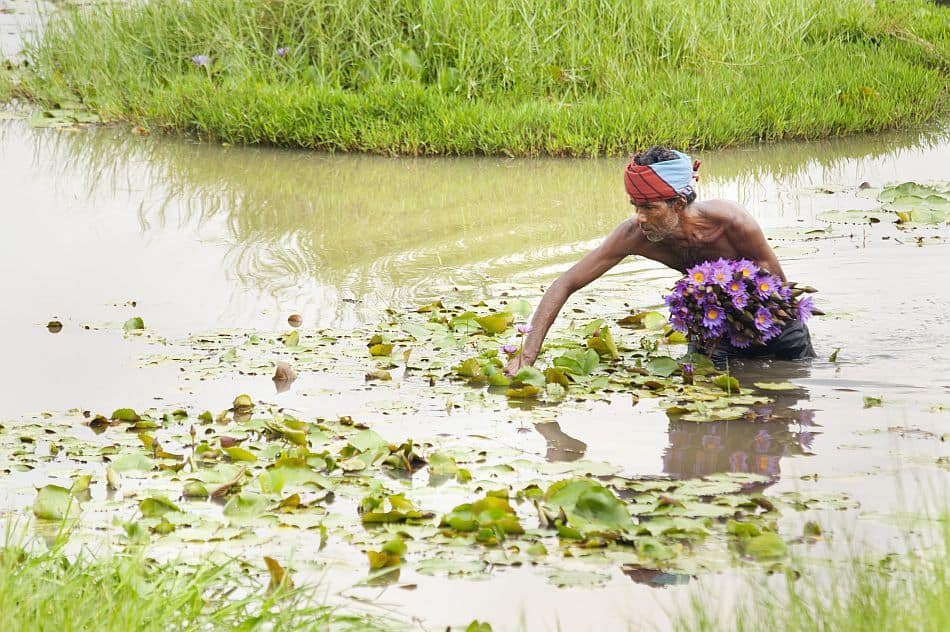
Wetlands are an indispensable part of our environment that supports life on Earth. Wetlands support diverse livelihoods and provide us other resources such as water, food, building materials, even the bases for traditional belief systems. These services globally are estimated to be worth the equivalent of over US$47 trillion dollars a year (Davidson et al. 2019). Moreover, despite accounting for a mere 6% of the planet’s land surface, 40% of all plant and animal species spend all or part of their lives in wetlands (Gardner and Finlayson 2018). It should then be a concern to us all that wetlands are the most threatened of all ecosystems, experiencing a rate of loss three times more than forests (Simpson et al., 2021).
This situation exists despite the best efforts of the Ramsar Convention on Wetlands, a global agreement created in 1971 to promote the ‘wise use’ of wetlands through the cooperation of governments, scientists and civil societies. Wise use calls for balance between maintaining key wetlands functions while not unduly restricting wetlands’ use by millions of often poor people. A major cause of degradation is the failure to strike this ‘wise use’ balance, through degrading activities including agriculture-based practices including irrigation, pollution, dam construction and land conversion for urbanization. Many of these activities are intensifying as populations grow, people’s consumption patterns become more resource intensive and climate change increases the variability in hydrological processes.
Ecology or communities? Finding the balance in wetlands management
The need to arrest further loss and restore degraded wetlands is thus clear and urgent, not least because healthy ecosystems are critical in building our resilience to climate change (e.g. supplying fresh water and supporting food production). The problem we highlight here is not a lack of action given past and current efforts at wetland restoration. But rather, we ask whether there has been the right kind of effort. Past approaches of ‘building fences’ around wetlands to shut out human use have proven practically unsustainable and ethically untenable. Instead, the Ramsar Convention, through its more recent Resolutions and Guidance to member countries, and recognizing wetlands’ contributions to core development challenges such as poverty reduction and food security, places communities living in wetlands at the center of efforts, through community-based action. Not only is this a welcome shift from a hitherto ecologically centered approach to a more ecosystem+people one, it also causes us to examine more critically, the way in which we as external promoters of wise use engage with local communities, as interventions’ focus still prioritizes maintaining ecological functions (Kumar et al. 2020, Finlayson et al. 2011). In other words, the practice of wise use does not reflect the intended ecology-people balance.
A first step towards addressing this imbalance is to recognize our privileged position as external actors who bring our own biases with respect to what restoration should look like. Community engagement must shift this agency to local stockholders and support them to negotiate with governments. Our role then, should be less about directing decisions but facilitating local stakeholders to make their own decisions on what measures are needed, and to organize themselves to act collectively.
Restoration agendas – for whom?
But what are ‘communities’ anyway and how can they be effectively engaged? As grounded experiences emphasize, communities are hardly homogeneous entities, but rather break down into diverse and often conflicting groups, shaped by the intersection of identities (gender, class, ethnicity, age, etc.) that reflect differing economic, political and other capacities, experiences and knowledge of wetlands, all coalescing into unequal levels of power to influence decisions (Joshi at al. 2021). The risk is that powerful elites will dominate restoration agendas to the exclusion of the needs and views of others. In such cases, even if improved ecological outcomes are achieved, restoration’s contribution to poverty reduction, food security and other key development goals may remain unrealized. Thus, facilitating people-centred restoration must recognize and engage with diverse rights, motivations, aspirations, constraints, opportunities and embedded networks and power relations (Elias et al. 2022) if diverse and competing needs are to be reflected. This call for an in depth understanding of intra-community dynamics to unpack complex social relations and the local logics driving narratives for the inclusion or exclusion of different groups, based on who has relevant knowledge and social positioning to influence decisions. As one man from a poor fisher household in the Gulf of Mottama, Myanmar explained:
“There are some people in the village who talk to us in a different way and our words are useless everywhere. We can’t also deny them because we are poor. I don’t participate in decision making… because we are poor and our opinions don’t have influence or matter.”
It is here that things get sticky given some of these dynamics are less visible to outsiders and thus call for more strategic investment of resources for deeper engagement. Other initiatives involving IWMI, such as the Darwin initiative which aims to increase resilience of biodiversity and livelihoods in Colombo’s wetlands, are experimenting with participatory approaches where local stakeholders are empowered to identify best wetland management practices and narrate them using story telling methods to inform similar social groups relying on wetlands. Such engagement, however, also reaffirms how vastly different these human-wetland systems are and further reflects the need for further investments to identify and address complex interrelations within and in the vicinity of wetlands.
Aligning wetlands restoration with wise use – more than just ecology
The roots of this imbalance in resource allocation may again lie in the traditional focus on ecology, with social dimensions viewed simply as a matter of organizing and directing ‘willing’ local stakeholders through rapid consultations and hastily constituted action committees. In conclusion then, we, with others, contend that a critical need in better aligning wetlands restoration with wise use is a deeper understanding of social relations, local histories, knowledges and logics that can generate processes that enable communities to restore and manage their wetlands in their landscapes, and are inclusive and robust enough to continue to function when we “outsiders” leave. Thus, in this United Nations Year of Restoration, we call on governments, donors and fellow implementors of wetlands restoration and wise use, to re-asses how we value, understand and invest in truly collaborative and co-creative engagements with the diverse peoples who call wetlands their home, to do greater justice to the notion of wetlands wise use.
References
Elias, M., Kandel, M., Mansourian, S., Meinzen‐Dick, R., Crossland, M., Joshi, D., Kariuki, J., Lee, L.C., McElwee, P., Sen, A. and Sigman, E., 2022. Ten people‐centered rules for socially sustainable ecosystem restoration. Restoration Ecology, 30(4), p.e13574.
Finlayson, C.M., Fennessy, S., Grillas, P. and Kumar, R., 2022. Commemorating the 50th anniversary of the Ramsar Convention on Wetlands. Marine and Freshwater Research, 73(10), pp.i-v.
Gardner, R.C. and Finlayson, M., 2018. Global wetland outlook: State of the world’s wetlands and their services to people 2018. Secretariat of the Ramsar Convention.
Joshi, D., Gallant, B., Hakhu, A., De Silva, S., McDougall, C., Dubois, M. and Arulingam, I., 2021. Ramsar Convention and the wise use of wetlands: rethinking inclusion. Ecological Restoration, 39(1-2), pp.36-44.
Kumar, R., McInnes, R., Finlayson, C.M., Davidson, N., Rissik, D., Paul, S., Cui, L., Lei, Y., Capon, S. and Fennessy, S., 2020. Wetland ecological character and wise use: towards a new framing. Marine and Freshwater Research, 72(5), pp.633-637.
Simpson, M., Stroud, D., McInnes, R., Galewski, T., Segura-Champagnon, L., Dinesen, L., Robertson, H., Perennou, C., Kumar, R., Davidson, N. and Guelmami, A., 2021. Global Wetland Outlook: Special Edition 2021. Secretariat of the Convention on Wetland.


